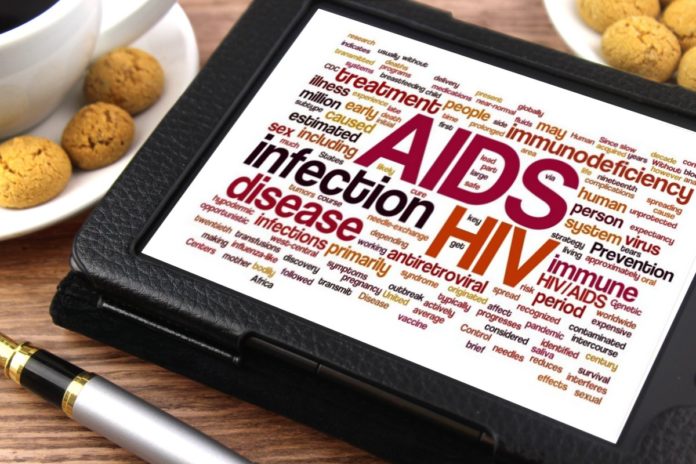
HIV infection could be detected within an hour with the use of this new cell phone based device
The timely management of fatal infectious diseases like HIV especially in the developing countries where there are limited laboratory infrastructure and trained staff is a major global healthcare challenge.
Presently available methods for HIV monitoring are expensive, requiring the use of bulky devices and polymerase chain reaction (PCR). This research published in the journal Nature Communications was undertaken to design an affordable, simple tool that makes HIV testing simpler.
According to WHO, early human immunodeficiency virus (HIV) detection, timely initiation of antiretroviral therapy (ART), and monitoring ART for efficient management of HIV infection particularly in resource-poor settings where more than 70% of the infected individuals live is the mainstay for treatment of HIV infection.
the platform allowed the detection of HIV with 99.1 percent specificity and 94.6 percent sensitivity at a clinically relevant threshold value of 1,000 virus particles/ml, and the results are ready within one hour
“Early detection of HIV is critical to prevent disease progression and transmission, and requires long-term monitoring, which can be a burden for families that have to travel to reach a clinic or hospital,” said senior author Dr Hadi Shafiee, a principal investigator in the Division of Engineering in Medicine and Renal Division of Medicine at the Brigham. “This rapid and low-cost cell phone system represents a new method for detecting acute infection, which would reduce the risk of virus transmission and could also be used to detect early treatment failure.”
Researchers used nanotechnology, a microchip, a cellphone and a 3D-printed phone attachment, to create a platform that can detect the RNA nucleic acids of the virus from a single drop of blood. They found that the platform allowed the detection of HIV with 99.1 percent specificity and 94.6 percent sensitivity at a clinically relevant threshold value of 1,000 virus particles/ml, and the results are ready within one hour. The total material cost of the microchip, phone attachment and reagents was less than US$5 per test, making it cost effective especially for poor countries.
In India, there are currently 11.5 lakh People Living with HIV(PLHIVs) who are taking free ART through 536 ART centres in the country. Regular testing in known PLHIVs helps in taking appropriate treatment decisions.
“Health workers in developing countries could easily use these devices when they travel to perform HIV testing and monitoring. Because the test is so quick, critical decisions about the next medical step could be made right there,” said Dr Shafiee. “This would eliminate the burden of trips to the medical clinic and provide individuals with a more efficient means for managing their HIV.”













